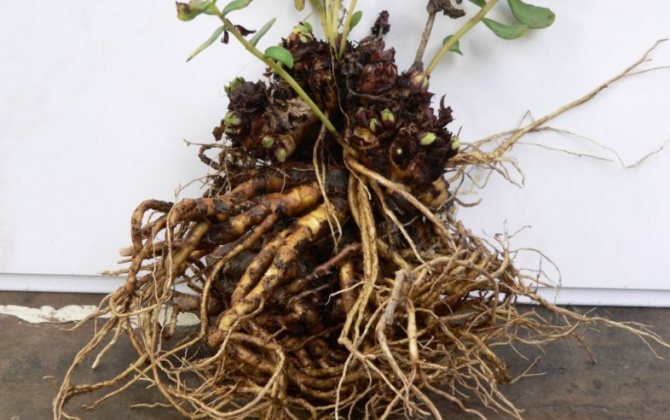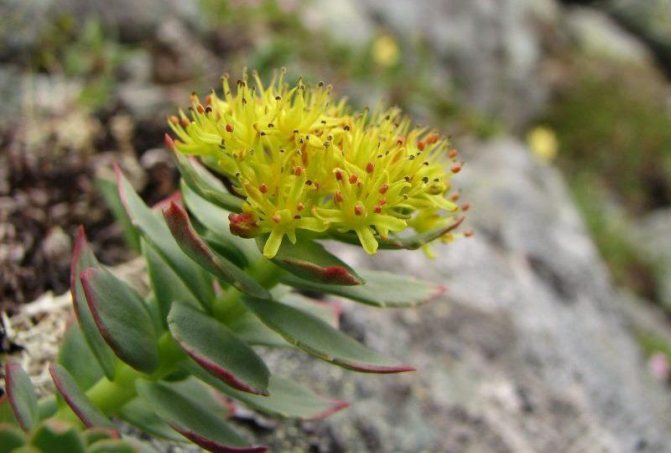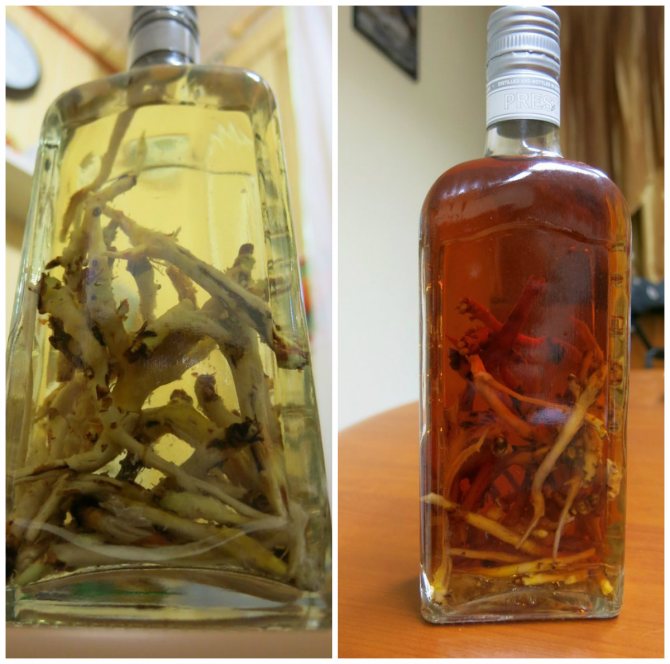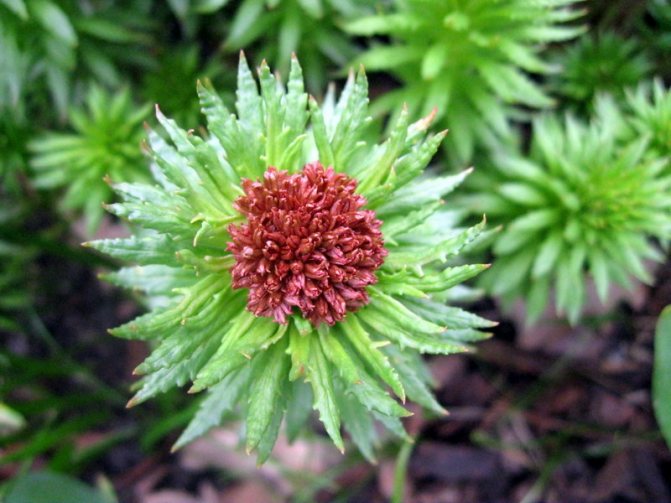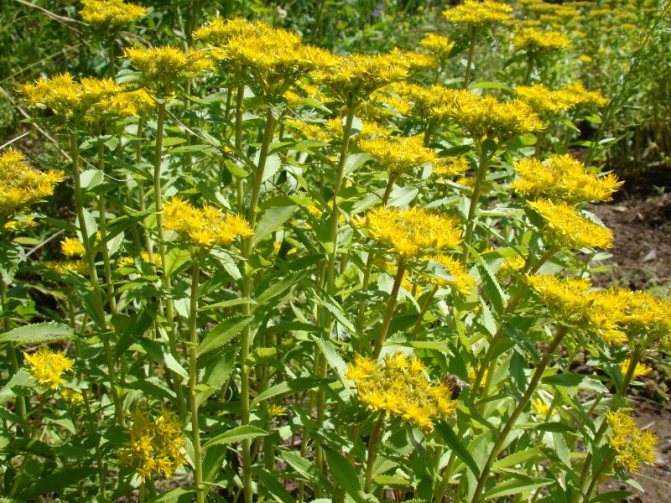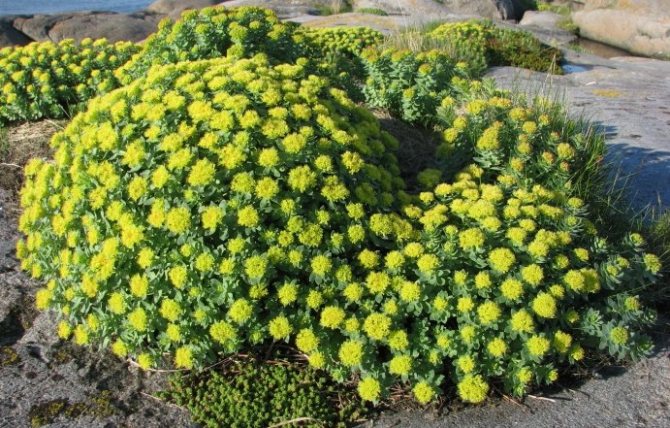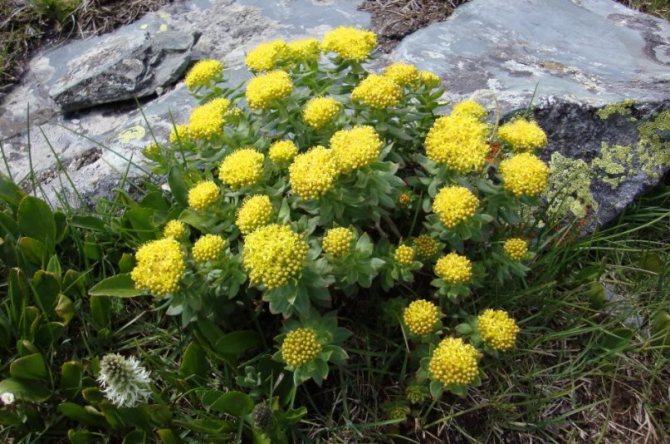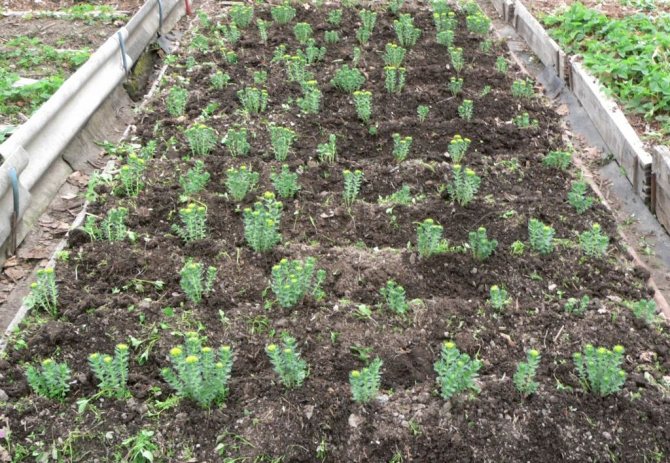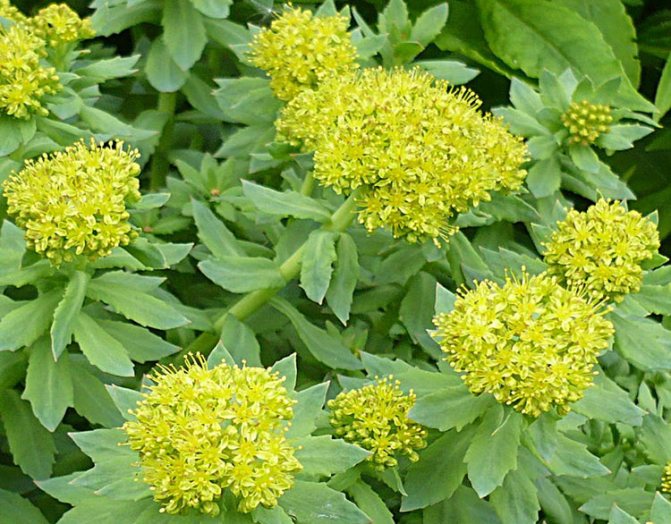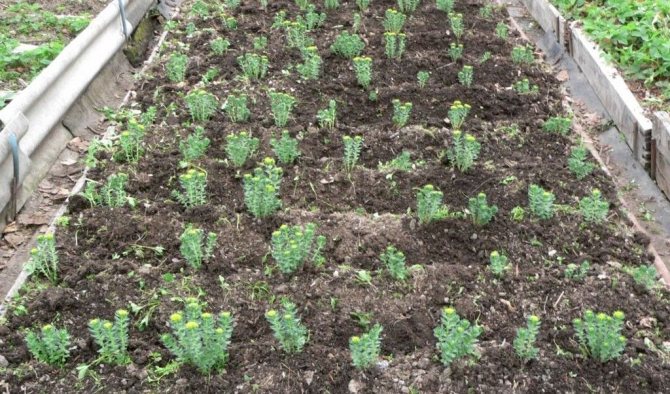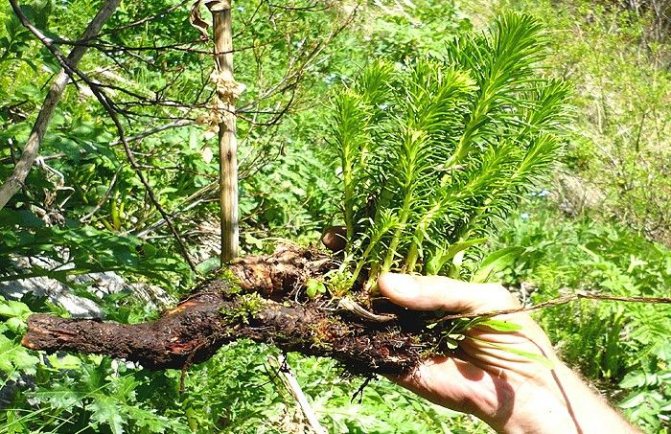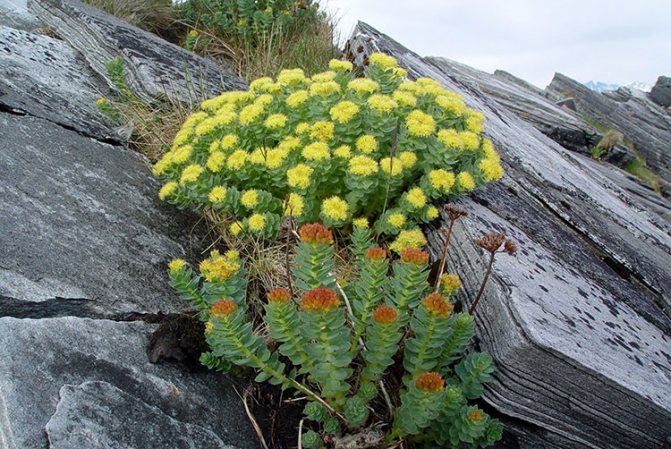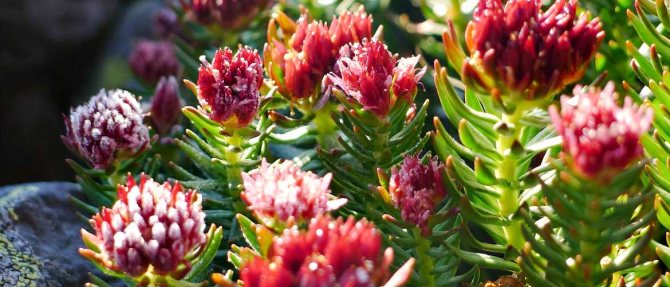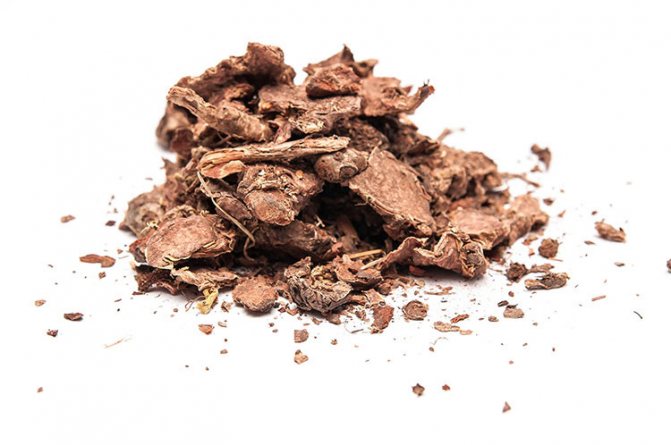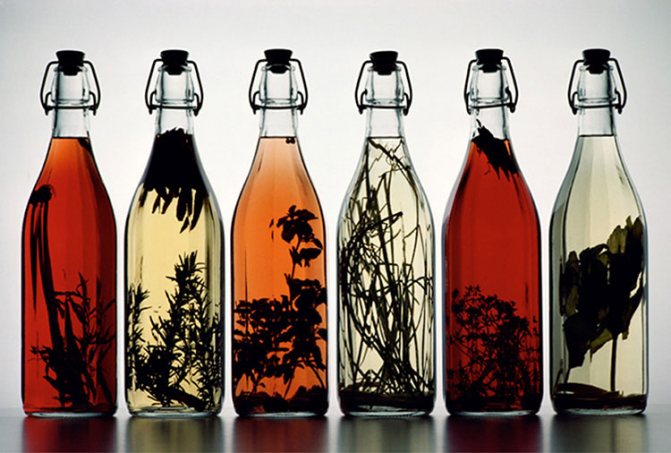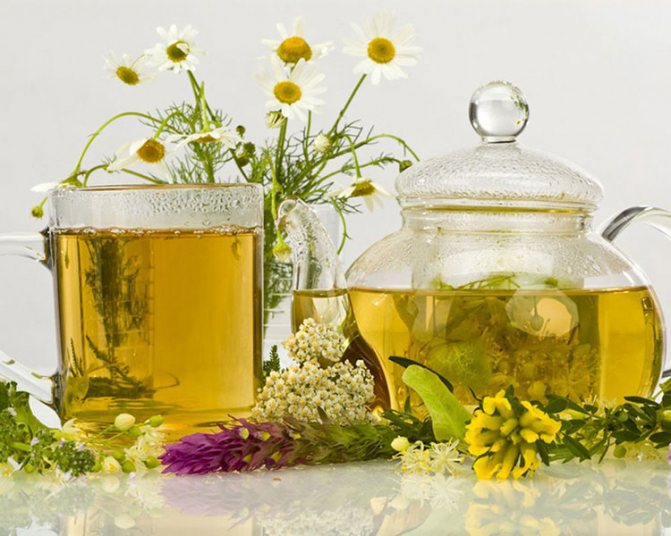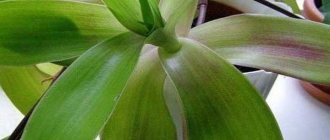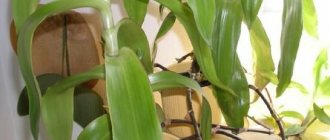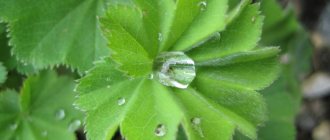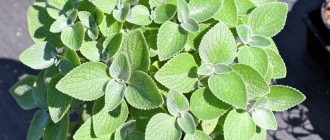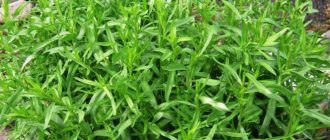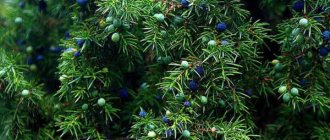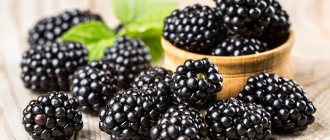The golden root (Rhodiola rosea) is a herbaceous plant from the perennials of the Tolstyankov family. It has succulent thickened stems and leaves that can survive without enough moisture, so it prefers to grow where it is hot, as well as in places with excess moisture, cold and wind.
Golden root (Rhodiola rosea) as a medicinal plant is included in the Red Book and is protected in all areas of distribution. The exceptions are Altai Territory, Magadan Region, Krasnoyarsk Territory, and the Republic of Tyva.
Due to the rhizome of bronze or old gilding, the plant is called the "golden root". The roots taste bitter-astringent. The newly dug plant has a rose scent. And during flowering, Rhodiola rosea (golden root), the photo of which is presented below, looks very beautiful, resembling yellow dandelions.

A bit of history
Altai healers, who greatly revered her, aroused interest in Rhodiola rosea among scientists. For the first time in search of this plant, researchers went in 1934 and found themselves in a difficult situation. No one knew what the golden root looks like (Rhodiola rosea), so they passed it, and the locals kept the signs of the legendary bush secret.
Only in 1961 was Rhodiola discovered in Gorny Altai by an expedition of the Institute of the Siberian Branch of the USSR Academy of Sciences. Botanists immediately began researching its miraculous properties. And in 1969, the Ministry of Health of the USSR made it possible to start using the liquid extract of the golden root of Rhodiola rosea for medical purposes.
Varietal variety
In the specialized literature, you can find a description of about six dozen varieties of this herb, but not all of them have taken root in amateur breeding. Most often, the following varieties are grown:
- Rhodiola is linear. This is a dioecious plant of medium height - its erect stems grow no more than a third of a meter in height. This variety came to us from the forest and mountainous regions of Central Asia;
And of course, it was not without the legendary "Golden Root", which, in addition to aesthetic properties, has healing powers that cannot be overestimated, which led to its widespread use in both folk and traditional pharmacology. The homeland of this plant is the Russian northeast, Altai and eastern Siberia, less often it can be found in the vastness of Scandinavia.
Botanical characteristic
Rhodiola rosea root (golden root) is widely used. The plant has large tuberous rhizomes. It has several unbranched, erect stems with dense foliage from about 10 to 40 cm high. The leaves are oblong, with a sparsely serrated edge, fleshy.
The golden root (Rhodiola rosea) is endowed with yellow or slightly reddish flowers, collected at the top of the stem in inflorescences. They usually bloom from July to August inclusive. Vegetative and seed reproduction.


Choosing a place on the site
Sunshine with constantly drying out soil of Rhodiola rosea is contraindicated. For her, abundant flowing moisture and a large amount of organic matter in the soil are preferable. Therefore, before planting, add 2-3 buckets of compost or rotted manure per 1 sq. M. If the soil is heavy and clayey, add sand (up to 10 kg per square meter).The reaction of the soil medium should be slightly acidic or neutral. It is not recommended to set aside a site for rhodiola after potatoes and cabbage. Rhodiola rosea is less demanding for light and warmth.
Agrotechnical cultivation
On the territory of Russia, mainly in the mountains of southern Siberia, Rhodiola rosea (golden root) grows. Its cultivation is practiced on soils with good drainage with the addition of sand.
Seeds require stratification, as they are very small and do not germinate well. In natural conditions of nature, this procedure takes place under the snow. Seeds are best sown before winter (in October). The earth is dug to a depth of 30 cm and compost, ammonium nitrate, potassium salt, ash, lime, superphosphate are added.
There should be a distance of 30 cm between the plants. It should be remembered that this herb is dioecious. If you purchase only one specimen that has been propagated vegetatively, then it can be either a male or a female plant. In this case, there will be no seeds.
The seeds of Rhodiola are very small, before sowing, it is advisable to mix them with sand and just cover them on top. In the first year after planting, the seedlings are very small and develop slowly, so there is a need for good weeding, watering, it is advisable to shade the plants from the sun.
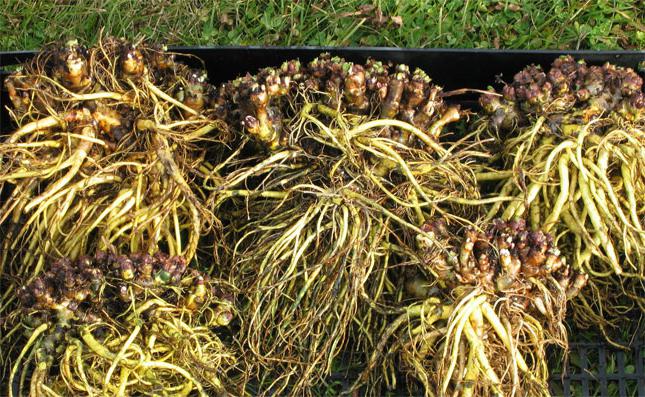

Seedlings are usually planted in August or next spring. Rhodiola rosea, which was planted with seeds, will only show its first flowering for about 2-3 years, from mid-May or early June. The seeds ripen by July.
In July of the first year of growth (in the second half of the growing season), aerial shoots begin to die off, and from them there is a drainage of reserve substances down into the rhizome. In the same period, when the growth of aboveground shoots stops, the seedlings are transplanted into the nursery with an interval between plants of 5 by 10 cm. Here they will grow for another two years until spring.
Already enough adult representatives in the third year of life are seated more distantly from each other according to the 45 by 20 cm scheme in well-fertilized soil. The root of Rhodiola rosea (golden root) must receive the required amount of nutrients and air. During the growing period, the plant needs to be slightly huddled, watered and weeded well. When it begins to bear fruit, about 50 seeds are collected from each flower, which serve as seed for other seedlings.
The harvesting and preparation of rhizomes begins in the fourth year of the plant's life. In the same year, the plant can already be vegetatively propagated, cutting off the rhizomes with 12 buds and weighing from 15 to 20 grams. In autumn, the golden root (Rhodiola rosea) is planted in small sections to a depth of 5 cm, while leaving a distance of 20 cm between the planting material, and the row spacing should be 45 cm wide.Plants propagated in this way are dug up in August of the 3rd or 4th year of life ...
From the end of flowering to mid-September, the root of Rhodiola rosea is harvested. It is better to dig it out with a narrow shovel or pickaxe. Rinse in running water and spread out to dry in a draft in the shade. After the rhizomes, cut across so that pieces of about 2 to 10 cm are obtained.
Dry preferably at 50-60 degrees in dryers (contraindicated in the sun). Due to the fact that the plant is recovering slowly, it is necessary to alternate the arrays of blanks. Young plants, which still have only 2-3 stems, should not be touched.
Seedling care
Rhodiola rosea is a plant that is not characterized by rapid growth, therefore, before transplanting seedlings or seedlings to a permanent place of growth, you need to provide them with regular and proper care.
During the first year, you should regularly clean the garden from weeds, loosen the soil on it. Since the depth of the roots is very shallow, it is possible to loosen only in the aisles, otherwise there is a high risk of damaging the plants.
The first top dressing is done by the time when strong leaves about 5 centimeters long appear on the sprouts and they monitor the soil moisture all the time - it should not dry out even for a day. At the same time, overflow is also unacceptable. In caring for this plant, everything requires a golden mean.
Lighting should also be moderate, without scorching rays hitting the plant, but at the same time bright enough. It is best, in the first year, to provide the sprouts with light partial shade.
With the onset of autumn, after the stems die off, it is worth taking care of the correct wintering conditions. In late autumn, pink radiola requires care in the form of feeding with peat or humus, followed by mulching with pine bark or sawdust.
In such conditions, the seedlings will easily endure the winter and by the spring, it will already be possible to huddle it up, and in the fall, plant it in a permanent place of growth.
Chemical composition
The essential oils of a plant differ from each other in chemical composition. The main constituents of the essential oils of Rhodiola from Bulgaria are geraniol and myrtenol.
A plant from China contains geraniol and octanol, and one of the main components growing in India is phenylethyl alcohol. Rhodiola rosea bushes that grow abroad contain much less essential oils than those grown in Russia.
The healing properties of Rhodiola rosea are not only found in rhizomes. The stem and leaves of the plant contain:
- phenol carboxylic acids;
- flavonoids;
- tannins;
- phenols and their derivatives;
- organic acids;
- coumarins;
- gallic acid;
- rhodiolflavonoside;
- gossipetine;
- p-tyrosol.
Beneficial features
Rhodiola rosea has basically only beneficial properties:
- helps with fatigue;
- increases mental performance several times;
- improves endurance, performance,
- helps to restore the body after physical activity (therefore, it is very popular with athletes);
- increases attention (taken by elderly people, drivers who have been driving for a long time, and many others);
- in combination with exercise, helps in weight loss;
- a powerful antioxidant that can be used in cancer treatment (cell mutation is reduced).
Application in traditional medicine
Altaians have long been practicing the use of Rhodiola rosea. They consider it a universal remedy for various diseases. She is treated:
- anemia;
- impotence;
- nervous diseases;
- stomach diseases;
- relieve stress;
- periodontal disease;
- sore throat and other ENT diseases (gargle with tincture diluted with water in a ratio of 1 to 5);
- increase masculine strength (they drink tea brewed from the golden root).
It is also used for prophylaxis to improve health: 15 drops on an empty stomach before meals daily. At home, it is easy to prepare a remedy from a plant such as Rhodiola rosea (golden root). Tincture: take 50 grams of well-ground roots, insist them in 0.5 liters of vodka. Consume no more than 2 times a day, 1 teaspoon (if the plant is grown at home, then the dose should be doubled).
If the use of Rhodiola rosea affects sleep (it becomes restless, there are problems with falling asleep), then it is better to remove the evening medication. In its action, the plant deserves to be on an equal footing with such a drug as ginseng.
Do not forget about the aboveground part of Rhodiola. Twig tinctures help against atherosclerotic dizziness (chop one fresh stem, brewing it in a glass of boiling water, you should use the entire volume in a day).
Infusion to strengthen the immune system is prepared as follows. Take in equal amounts of 15 grams. crushed raw materials of the roots of rhodiola, zamaniha, rose hips, hawthorn and nettle leaves.Pour 1 liter of boiled water, boil on low mode for about 10-15 minutes. After infusion and filtration, use 70 ml of the finished product 3 times a day on an empty stomach.
Diseases and pests of the golden root
Rhodiola rosea rarely gets sick, and pests are not afraid of her, although sometimes it is attacked by badan or sedum weevils. The first can get to the site along with the rhizome, which had previously grown in natural conditions. This insect damages the most valuable part of the plant - the roots. So when buying the starting material, inspect everything carefully, and if you find the larvae already at home, then place the root in a saline solution for 10 minutes. or in potassium permanganate for 15 minutes.
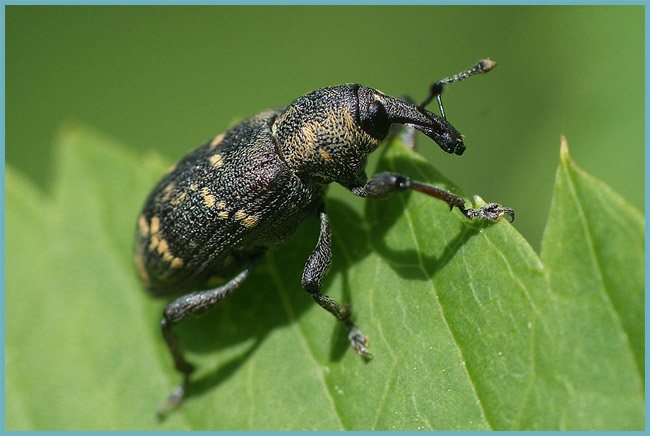

Weevil beetle
The second pest damages the aboveground part. Small holes on the leaves indicate its presence, then the leaf turns yellow. The stem is also damaged by the larvae - the pests make moves in it. To get rid of the sedum weevil, brush it off onto material covered with some kind of adhesive. Do this in both spring and fall.
Application in medicine
In European medicine, until recently, drugs from rhodiola were used infrequently. Usually its infusion was used for rubbing in for headaches. Nowadays, they already know much more about such a plant as the golden root (Rhodiola rosea). The use of drugs based on it is recommended:
- with overwork (even for perfectly healthy people);
- in psychiatry - to remove side effects that have arisen as a result of the use of psychopharmacological agents;
- with schizophrenia;
- after illnesses, especially severe ones (including infectious ones);
- with vegetative dystonia;
- to increase the body's resistance to hypothermia, stress, overheating and many other unfavorable environmental factors;
- with neuroses;
- to improve vision and hearing;
- undergoing severe operations to restore body functions;
- with hypotension;
- to increase potency in men;
- with decreased appetite and poor digestion;
- with gout;
- for the treatment of certain skin diseases (helps to heal wounds, ulcers, eliminate dermatitis, various rashes, helps with bedsores and irritations);
- with anemia;
- with diabetes mellitus.
There are such funds:
- Tinctures of rhizomes, which are drunk in drops (preferably as prescribed by a doctor).
- Infusions from the roots (brewed in 200 ml of boiling water with 10 g of crushed root) are used half a glass 2 or 3 times during the day.
- Liquid rhodiola extract for external use: used for pyorrhea to lubricate the gums.
Application in sports
Rhodiola rosea began to be used in sports. Reviews about it, received when using it by physically active people, are very positive. It belongs to the class of polyphenolic adaptogens that help the body adapt to trials and new situations. Adaptogens accelerate recovery processes, accelerate the achievement of high results.
Human capabilities can be enhanced through training and the use of biologically active substances. Training has its limits, and therefore, additional funds are constantly being sought that will increase the athlete's potential reserves, have no side effects, and are also not addictive.
Rhodiola rosea in sports is proposed to increase results, to combat fatigue that occurs when performing strenuous mental and muscular activity, as well as to recover from intense training. The phenolic compounds present in the plant inhibit lipid peroxidation, and due to this, the body's endurance increases under extreme stress.
As a result, the medicinal properties of Rhodiola rosea are seen as an alternative to doping.Its use contributes to the preservation of the health of athletes, an increase in the period of their professional activity and the growth of results and skill. Insufficient knowledge of coaches and athletes about the peculiarities of the mechanism of action of plants related to adaptogens (including Rhodiola rosea) prevents their widespread use.
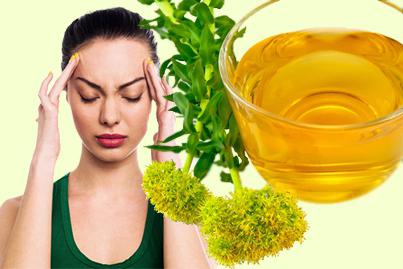

Reproduction by dividing rhizomes
Rhodiola can be propagated by dividing the rhizome. But here you should pay attention to one feature. It has long been noted that some Rhodiola plants give seeds, while others do not, although all bloom. The fact is that rhodiola is dioecious planttherefore, not all plants have seeds. It may turn out that, having acquired a perennial rhizome and cutting it for reproduction, you will have normal plants, but you will not receive seeds, since all its plants will be of the same sex.
Application in cosmetics
Rhodiola rosea is a Siberian miracle herb that can restore youthfulness to the skin. All adaptogens contain antioxidants that can be used well against aging (this is the main advantage of the medicinal plant).
The face mask, which will contain the phytostem cells of Rhodiola rosea, will increase the immunity of the skin, make it young and fresh. It will also soften and brighten the skin, stimulate water-salt metabolism, and breathe new life.
A lesser known property of Rhodiola is that it prevents hypothermia. By speeding up the metabolism, it will help to stop freezing. It is good to use it in winter to protect the skin from frost and protect small blood vessels from damage.
Rhodiola drugs have both healing and anti-inflammatory effects. Creams containing Rhodiola rosea extracts increase the skin's resistance. Their action is especially effective in case of overwork, stress, if the skin is damaged or sensitive. These funds should be used in courses so that the skin does not get used to it and is capable of self-renewal.
Using Rhodiola rosea will also help strengthen your nails. A special cream is rubbed in at bedtime for a longer effect on the nail plate.
Harm of Rhodiola rosea
Golden Root (Rhodiola rosea) should be used with care, exactly at the recommended dosage. Be vigilant: overdose can reduce performance and cause insomnia, panic, severe agitation, tachycardia.
Often people, by themselves setting themselves the wrong diagnosis, can only harm themselves. With exceeded doses, you can significantly increase blood pressure, get such signs as overexcitation, dry mouth and others.
The dosage is mainly calculated by weight, never more than 600 mg of the drug per day. Rhodiola tinctures can enhance the actions of other adaptogens, and if they are used together, various reactions (for example, allergic ones) may develop. Alcohol tinctures are not suitable for people prone to alcoholism and liver diseases.


